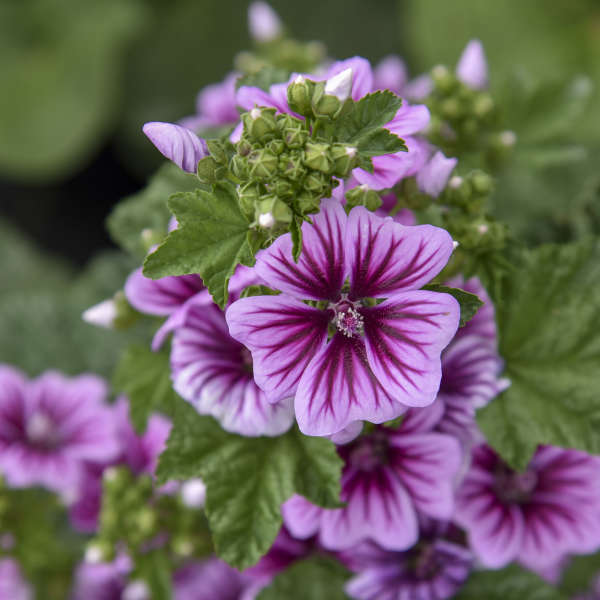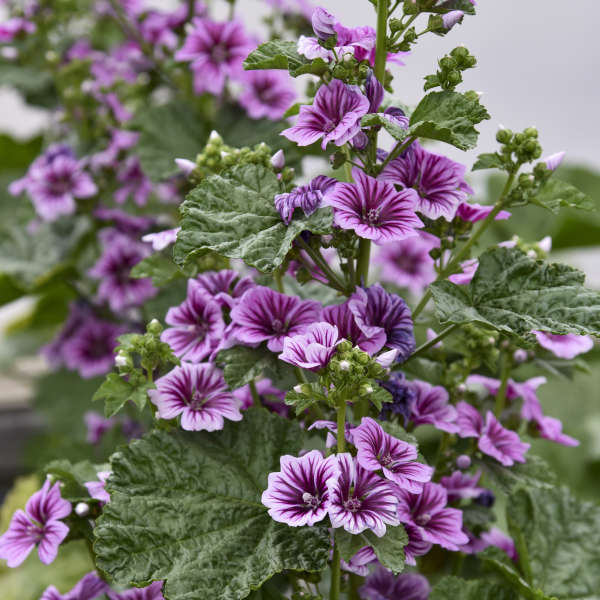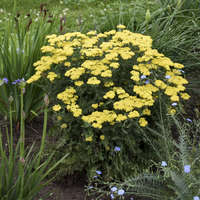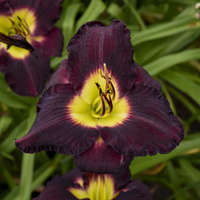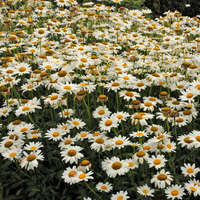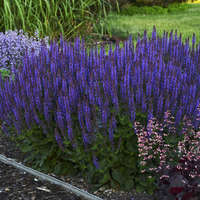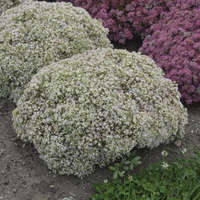Growing Temperature:
65-70° F
Holding Temperature:
50-60° F
Soil PH:
5.5-6.2
EC (What is EC?):
2.0-3.0 pour through method
Fertility:
Feed with 75-100 ppm N at each watering or topdress with a CRF at a medium rate.
Vernalization:
Malva should be vernalized for 6-8 weeks at 40° F or below.
Pests & Diseases:
Mallow flea beetle, capsid beetle, caterpillers, two-spotted mites, Japanese beetle, slugs, stalk borer.
Leaf spot (Cercosporella), rust, anthracnose, crown gall, Pythium root rot.
Rust can overwinter on debris left from the previous growing season. Clean up dead leaves and plant parts in the fall.
Potting & Timing:
Apply a preventative fungicide at transplant.
Moisture:
Water Malva throughly and allow the plant to dry slighlty between waterings. Estabished Malva will require more consistent watering.
Planting Level:
Plant plug even with soil line.
PGRs/Pinching:
Foliar applications of 15 ppm paclobutrazol (Bonzi, Paczol or Piccolo) or 2.5 ppm uniconazole (Concise or Sumagic) are effective at controlling plant height when they are applied early in the crop.
Lighting:
Malva have an obligate long day requirement for flowering. They will not flower when grown under short day lengths. If early flowering is desired, it is recommended to provide at least 14-hour photoperiods or night interruption lighting when the natural day lengths are less than 14 hours.
Other Comments:
Allow plants at least 6 hours of full sun. They do not flower well in shade.
